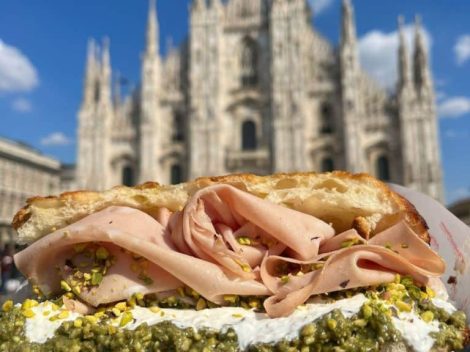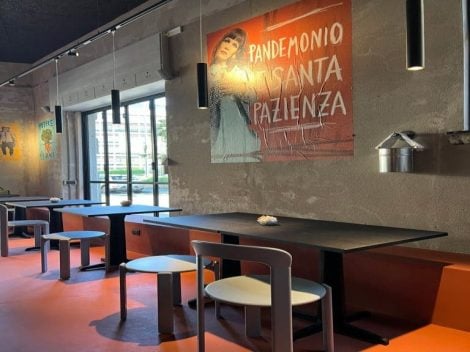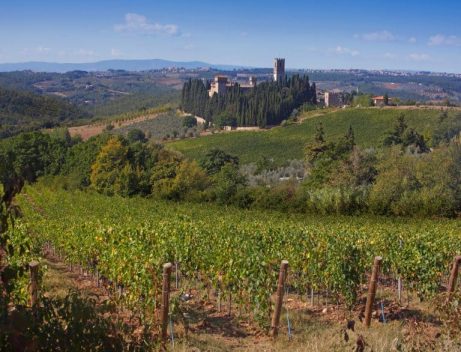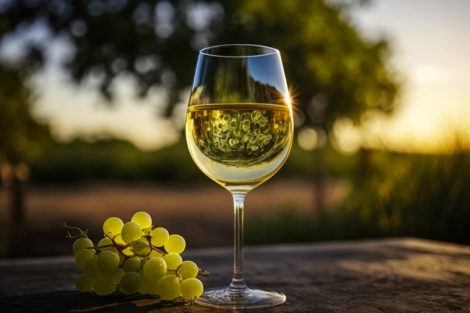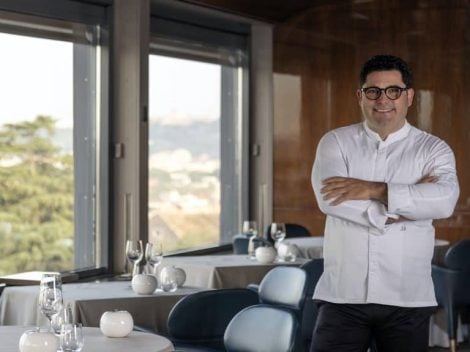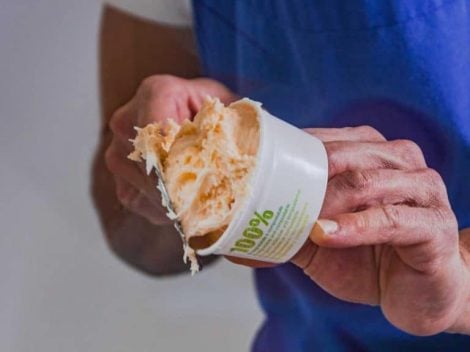Terrecarsiche and the Murgia
The "karstic lands" that baptise the winery are the famous ones of Castellana Grotte, the beating heart of the Murgia Barese, the limestone plateau of tectonic origin located between central Puglia and the north-eastern part of Basilicata. It is a different Puglia to the one we are accustomed to: here the vast plains give way to medium hills and loose terrain to rock: ravines, gravinas, sinkholes, dolinas and caves draw a landscape inhabited by man since the Paleolithic. It is in this territory that the Insalata family sinks its roots; the date 1939 included in the name of the winery has precisely to do with its history: "it is the date reported on a wine document of my great-grandparents who declared to the potestas, the mayor of the time, that they had harvested a certain quantity of grapes with five workers" tells us Nicola, fourth generation, now at the helm of Terrecarsiche: "This is tangible proof that attests to the bond of my family with the world of wine since that year, at least. But the real turning point came with my father who decided to start bottling on his own. In 2014 I took over, we built a new cellar, we planted new vineyards, we created a more modern winery, projected towards the challenges of the contemporary wine world."
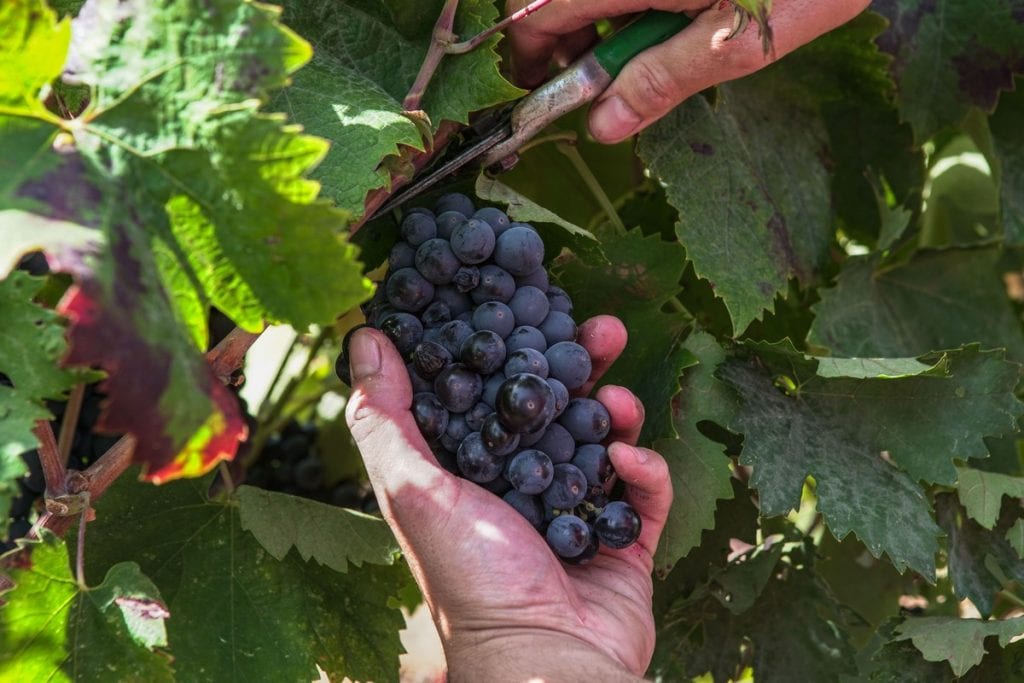
The property vineyards are located in the Murge area, mainly in the Gioia del Colle denomination and in the Valle d'Itria area, but the company's production also relies on grapes supplied by winegrowers with whom the company collaborates throughout the year. "Our winery was born between the Murgia and the Valle d'Itria, it almost represents that hinge. So on the one hand we have an area suited for primitivo, protected by the Gioia del Colle denomination; on the other we have a territory suitable for white grapes – verdeca, bianco di Alessano, minutolo, fiano but also international grapes such as chardonnay – with summer temperature ranges that allow the vines to ripen while maintaining great aromas, an area whipped by both the winds coming from the Adriatic and those coming from the Ionian Sea."
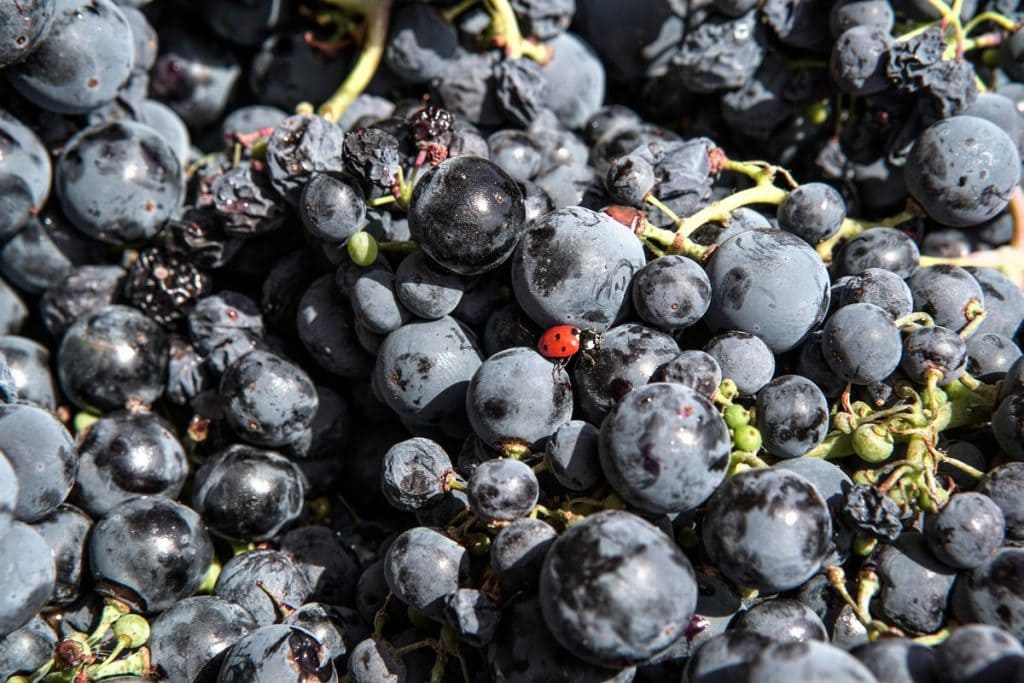
Fanova '20 and "fanove"
The range of proposed labels has a purely modern setting and pays particular attention to making pleasant and fruity wines. Standing out among these is the Gioia del Colle Primitivo Fanova '20, the wine that obtained Tre Bicchieri recognition in the Vini d'Italia 2023 guide, highlighting intense hints of ripe black fruits and goudron with nuances of rhubarb, for an extraordinarily rich palate, for its material and thickness, but also with a pleasant finish based entirely on fresh fruity notes. "It is an important wine for our company and we have dedicated it to a local tradition that I am pleased to tell you about. In 1691, an plague broke out in Castellana Grotte, called "vetrana," because the diseased skin looked glass (vetro, in Italian). The Madonna appeared in a dream to the friars of the Convent and told them to bless some olive oil and sprinkle it on the bodies of the ill, but above all to pile up the clothes of the sick and burn them. And so today, in memory of that miracle and to pay homage to Santa Maria della Vetrana, every January 11th, since 1691, large bonfires are annually set up with piles of wood that even exceed 10 metres, which in dialect are called 'fanove.' Hence the name of the wine, a further territorial hook."
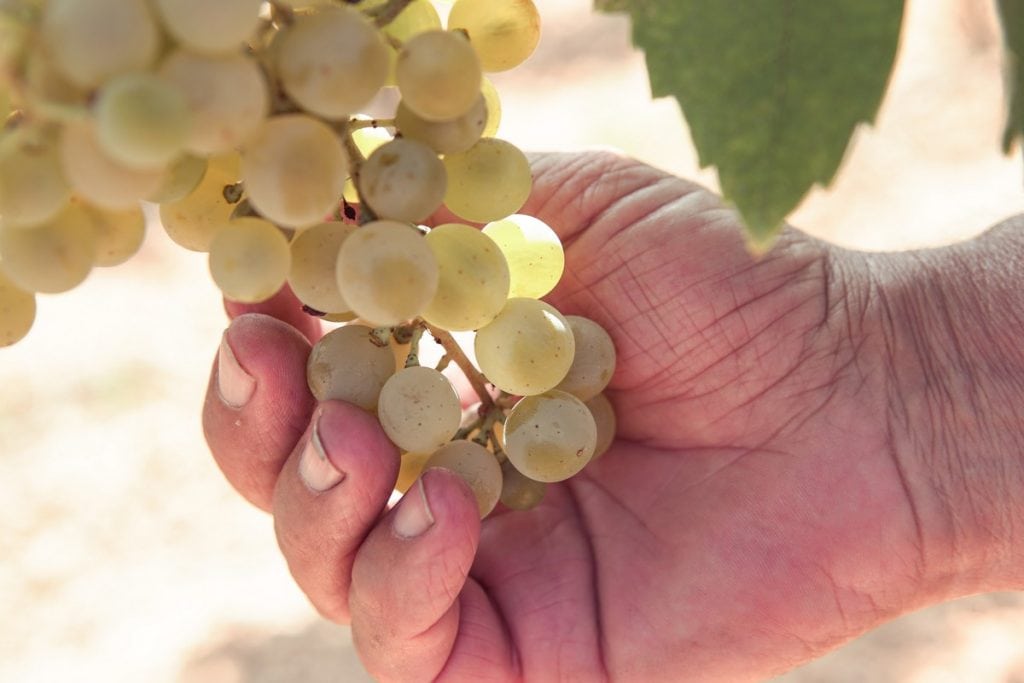
Primitivo di Gioia del Colle in the world
The growth of the company over the years has been exponential and today the bottles produced are around 800,000 – 30% of which take the road to foreign markets: "but it wasn't easy at the beginning. We are in the Gioia del Colle denomination. Until a decade ago it was pure utopia to think that people could understand the difference between our Primitivo and the Primitivo di Manduria. However, for some years now we producers have rolled up our sleeves and with the help of the Consortium we have begun to promote our products in a more homogenous and focused manner. We started talking about the differences between our wines, elegant and with a mineral structure, and those made in Salento, which are rich and soft. To be honest, we must say that Gambero Rosso also greatly helped us, always with a careful eye on our denomination and on the quality growth of the wines on which we producers have strongly focused."
Terrecarsiche 1939 - Castellana Grotte (BA) - via Maestri del Lavoro, 6/8 - 0804962309 - terrecarsiche.it
by William Pregentelli
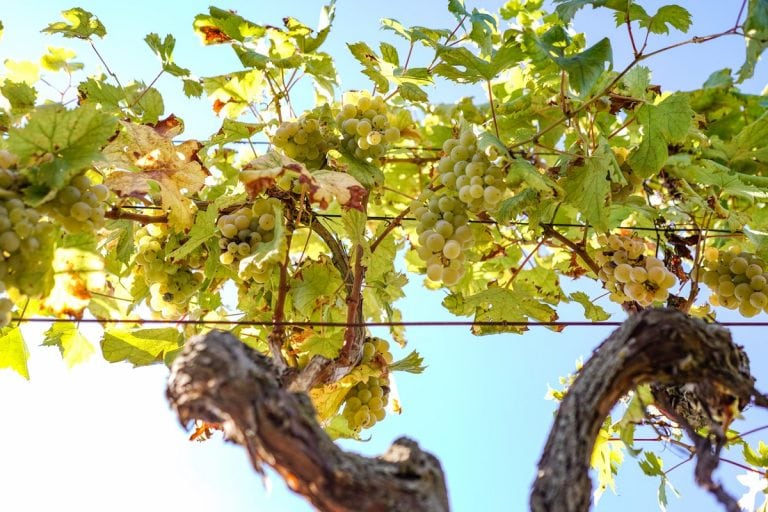
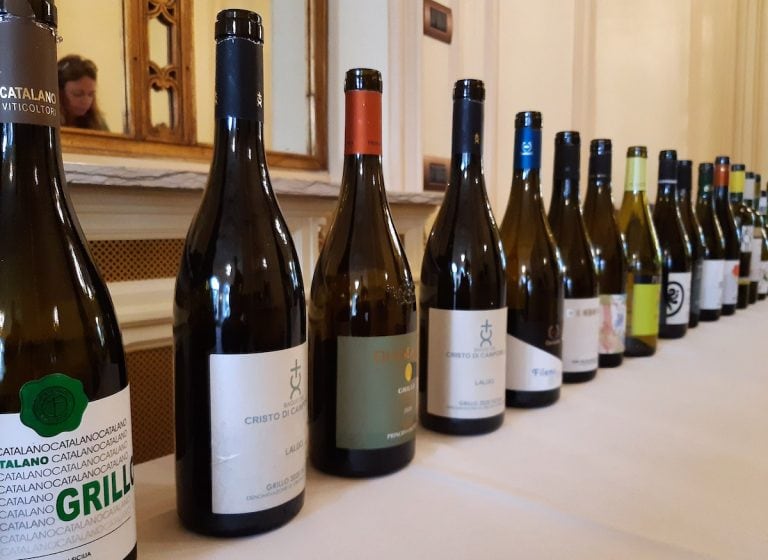 Grillo phenomenon: Sicily is now betting on white wines
Grillo phenomenon: Sicily is now betting on white wines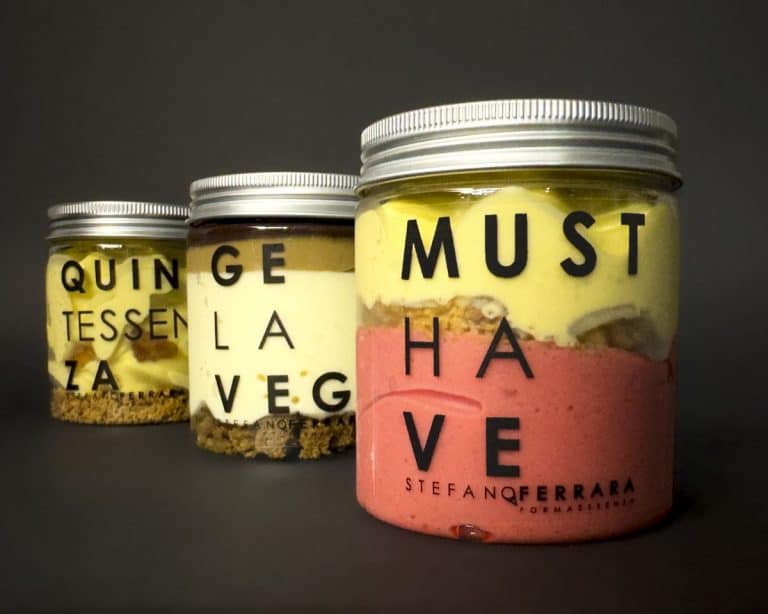 In Rome, a gelateria opens with only jarred ice creams. Master gelato maker Stefano Ferrara bans cones and cups
In Rome, a gelateria opens with only jarred ice creams. Master gelato maker Stefano Ferrara bans cones and cups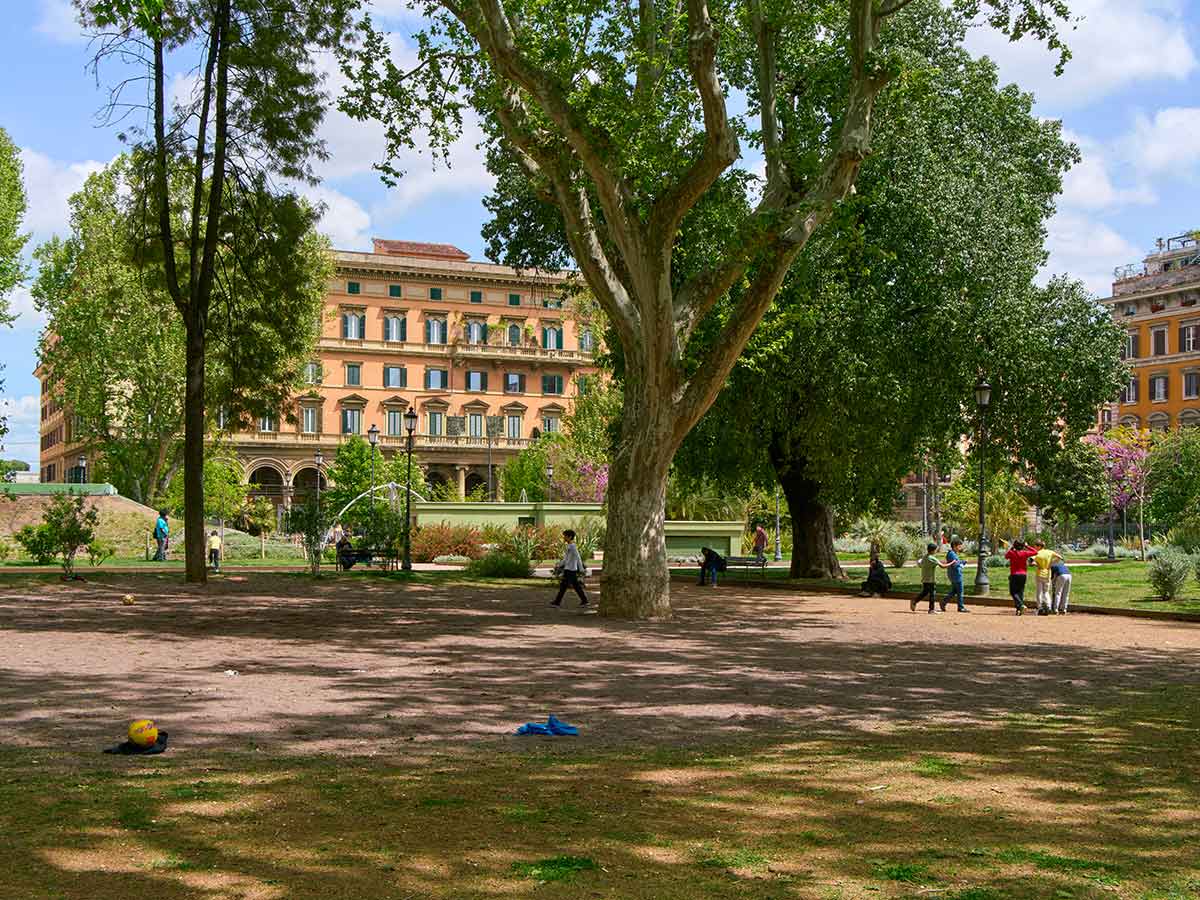 Food shops, historic trattorias, and bakeries: where to eat in Esquilino, the Roman neighborhood that hasn't forgotten the Twentieth Century
Food shops, historic trattorias, and bakeries: where to eat in Esquilino, the Roman neighborhood that hasn't forgotten the Twentieth Century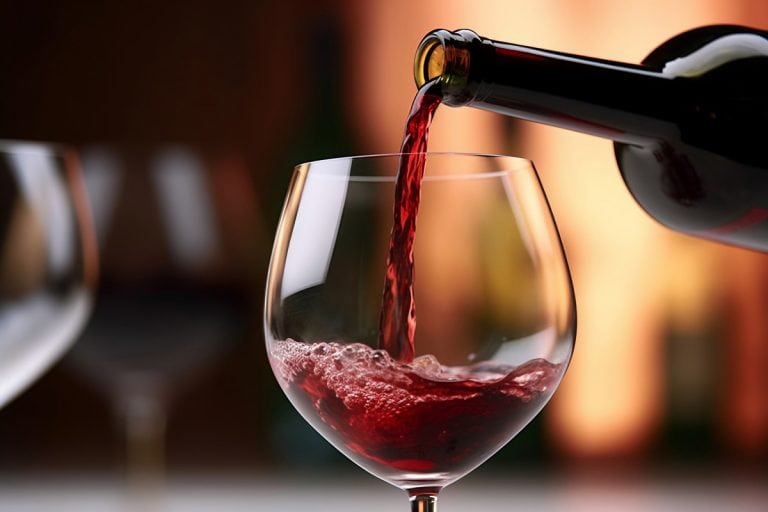 The 14 best Tintilia wines from Molise Chosen by Gambero Rosso
The 14 best Tintilia wines from Molise Chosen by Gambero Rosso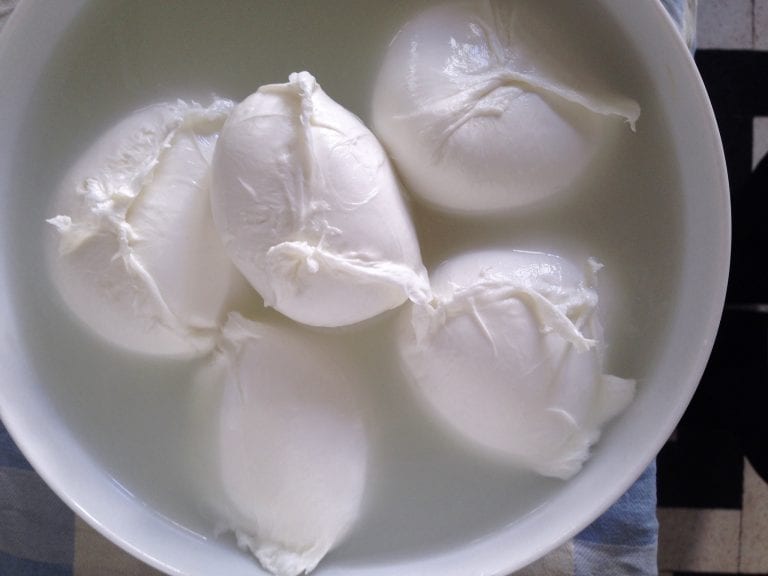 Here's why mozzarella di bufala extends life
Here's why mozzarella di bufala extends life